Pain: types and features
Pain is an unpleasant, sometimes unbearable sensation caused by irritation of nerve endings. This is a kind of reaction of the body, or rather, a signal designed to warn of existing or probable tissue damage. To some extent, pain is our friend, it says that it is time to intervene and change something. There are different types of pain. For example, acute is a recent onset and short-term pain associated with an illness or injury. The cause of such pain is easier to identify and easier to treat.
Another thing is chronic pain. It is accepted that this is pain that lasts more than 3 months. It is often difficult to understand its causes, it is difficult to achieve good results in its treatment. To treat chronic pain, you have to combine different drugs and treatments, involve different specialists.
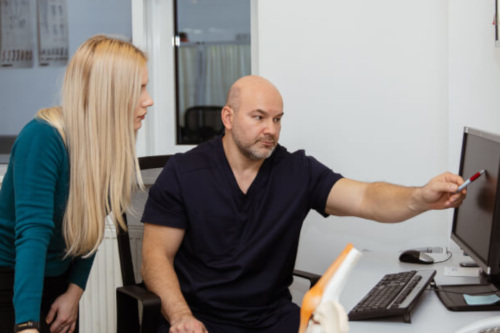
What types of pain do we treat?
Doctors at the K+31 pain clinic in Moscow use the latest methods to combat persistent pain and take on complex pathologies. You can contact us in different cases:
- Pain in the spine, including spinal stenosis.
- Phantom pain in limbs.
- Neck pain.
- Chronic pain syndromes in the spine and joints, for example, with arthrosis.
- Cluster headache, migraine.
- Trigeminal neuralgia.
- Pain in the lumbar region.
- Tunnel syndromes.
- Pain syndrome in the elderly.
- Pain after spinal surgery.
- Facial pain.
- Pain in the back, neck, muscles of unknown etiology.
The K+31 clinic has everything you need to solve these and other problems. The Pain Treatment Center takes a personalized approach to treating patients. We treat joint pain, diseases of the nervous system and much more, based on the results of the patient’s examination, and always strive to bring his quality of life to a new level. You can contact us with the most complex problems, including hernias and protrusions of intervertebral discs in the spine.
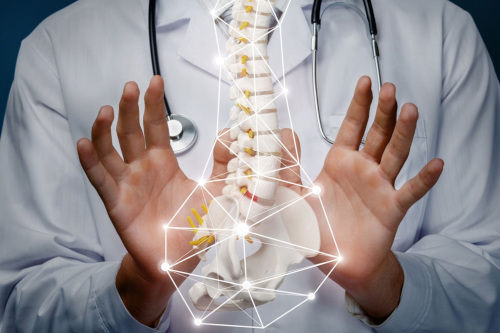
Services
Carrying out medical and diagnostic blockades
RF ablation
Psychotherapeutic treatment
Osteopathy
DiagnosticsOur doctors

This award is given to clinics with the highest ratings according to user ratings, a large number of requests from this site, and in the absence of critical violations.

This award is given to clinics with the highest ratings according to user ratings. It means that the place is known, loved, and definitely worth visiting.

The ProDoctors portal collected 500 thousand reviews, compiled a rating of doctors based on them and awarded the best. We are proud that our doctors are among those awarded.
Make an appointment at a convenient time on the nearest date
Price
The main goal is to reduce the suffering of patients with chronic pain and improve their quality of life. Along with with pharmacotherapy, it is necessary to resort to interventional methods of treatment. The latter include therapeutic blockade and radiofrequency ablation, which is perfectly mastered by specialists at the K+31 pain clinic.
During the blockade, medications are injected directly into the area of the source of pain. Effect of the procedure with interventional treatment, on average, it lasts about several months. Sometimes a pain management specialist may prescribe course and/or repeated blockade, for example, if symptoms return with the same intensity.
Another method for pain relief is radiofrequency ablation. This is the destruction by radiofrequency exposure of sensitive roots with special electrodes. The effect lasts up to a year. The procedure can most often be performed on the day of treatment, without specific preparation, postponing surgical interventions and surgery.
Unfortunately, blockades do not treat the disease itself, but only reduce the intensity of pain due to painkillers and anti-inflammatory effects of drugs. Sometimes it is necessary to refuse the patient a blockade in favor of surgical treatment.
It should also be understood, and we ourselves explain this to patients, that it is impossible to cure pain without the participation of the patient himself. Yes, pain is exhausting, it changes the psyche, a person gets used to pain, perceives it as a norm of life, with which nothing can be done. All this reduces the quality of life. But with all this, you should not isolate yourself, you should continue your daily life activities, combined with physical therapy and swimming. It is important to have an internal conversation with yourself, to tune in to change your lifestyle. As examples: a doctor may recommend adjusting your activity; if you are overweight, think about it work on reducing it, try to avoid a sedentary lifestyle, etc. The patient's positive attitude greatly influences the outcome of treatment. Modern technologies and methods help reduce high levels of pain, but without patient participation the process will be slow and ineffective. It is important not only to take the medications prescribed, but also to completely follow all recommendations.
The first pain clinic appeared in the 60s in the USA and to date there are about 3,000 such clinics there. In Russia, this direction is young and has begun to actively develop in the last 5-6 years.
Now a pain clinic has appeared here, in K+31. Our team of doctors (including a neurosurgeon, anesthesiologist, psychotherapist and rehabilitation specialist) follows an integrated approach to the problem of pain using modern diagnostic and treatment tools.
Methods of treating pain syndrome:
- Pharmacotherapy therapy
- Therapeutic exercise
- Carrying out therapeutic and diagnostic blockades
- Radiofrequency ablation
- Psychotherapeutic treatment
- Surgical treatment
- Physiotherapy
- Acupuncture
- Manual therapy
- Osteopathy
- Neurostimulation of the spinal cord
If you have pain, it is extremely important to seek medical help in a timely manner without resorting to traditional methods and uncontrolled use of painkillers. Not only will this not solve the problem, but it may actually make the situation worse.
We thank neurosurgeon K+31 Ilya Aleksandrovich Fumin for the detailed information.
We recommend that you have your initial appointment with a neurosurgeon-algologist, taking with you the available test results and other types of diagnostics. Especially if a treatment plan has already been outlined. All types of examinations are available at our clinic, including laboratory tests, magnetic resonance imaging, CT, ultrasound and much more.
If there are no diagnostic results, it is better to consult a neurologist to formulate a treatment plan. You can find out more by calling the phone number provided on the website or by leaving a request in a special form. We have a rehabilitation center and a hospital, which is very convenient for treating pain.


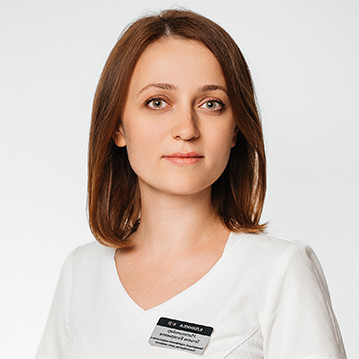
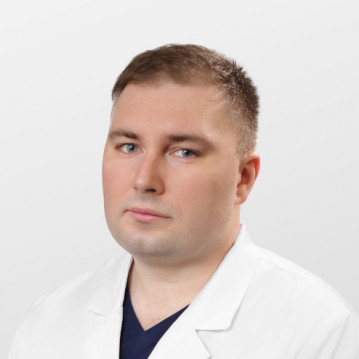



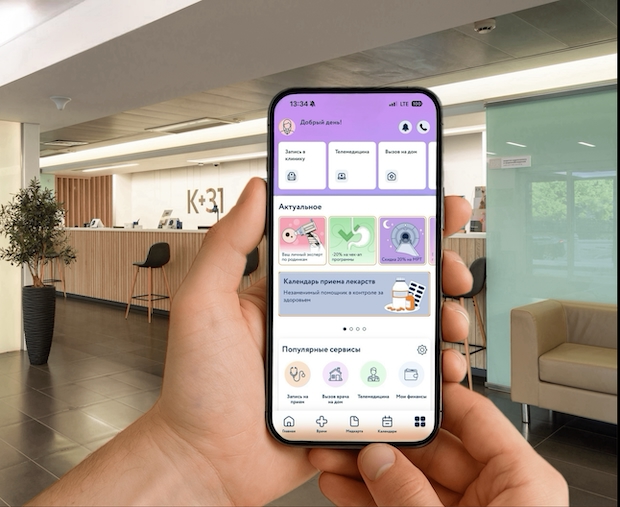
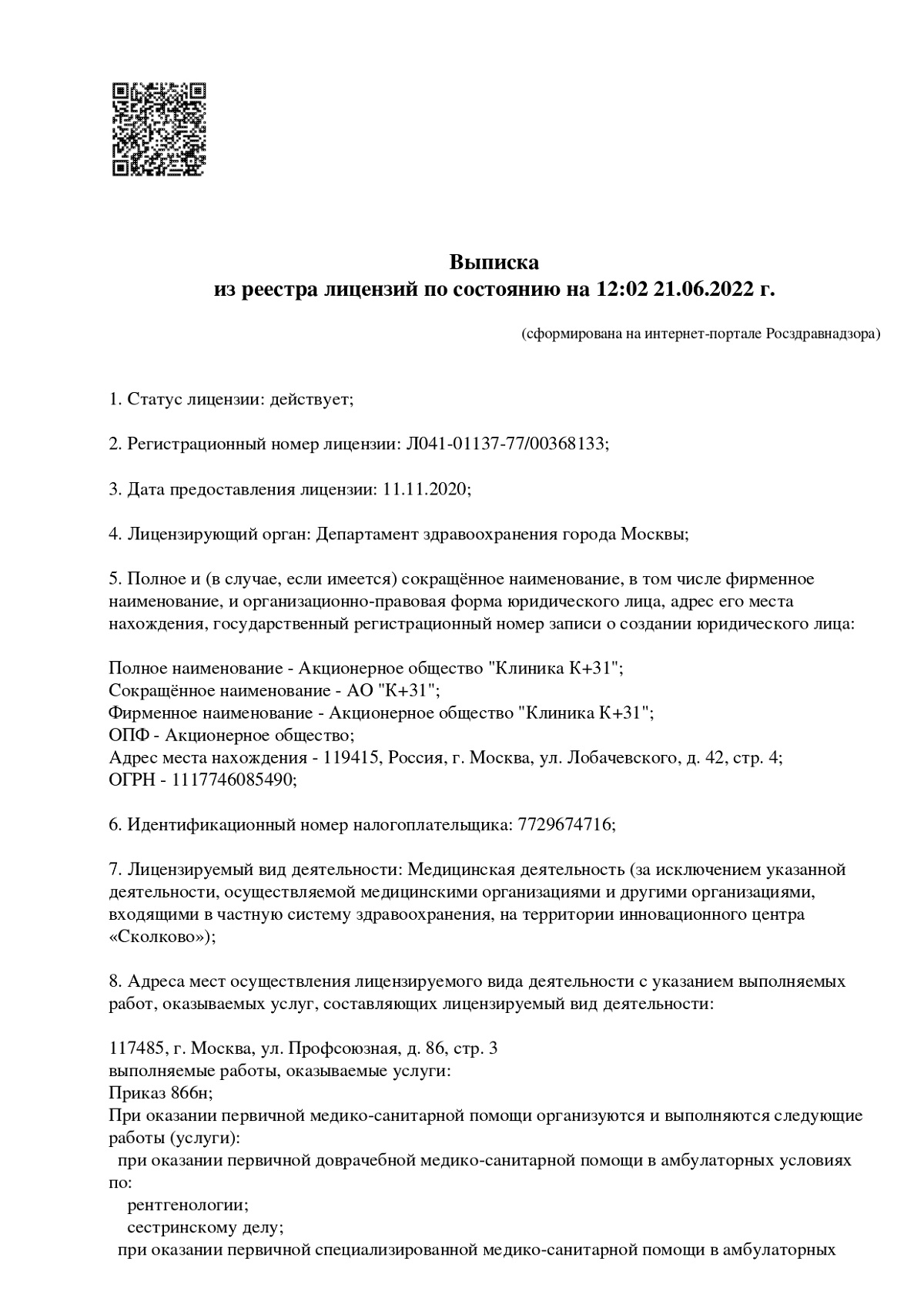
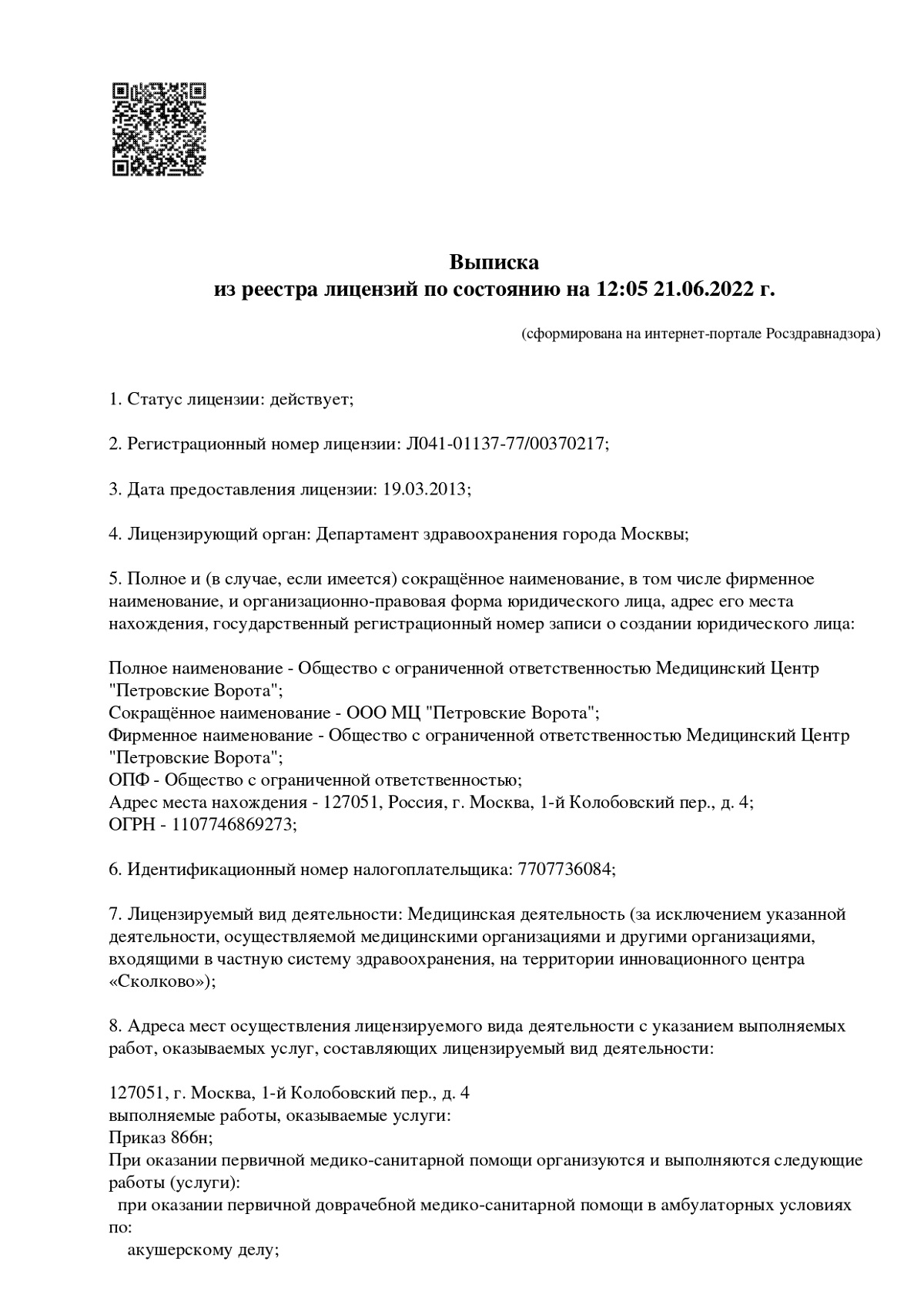
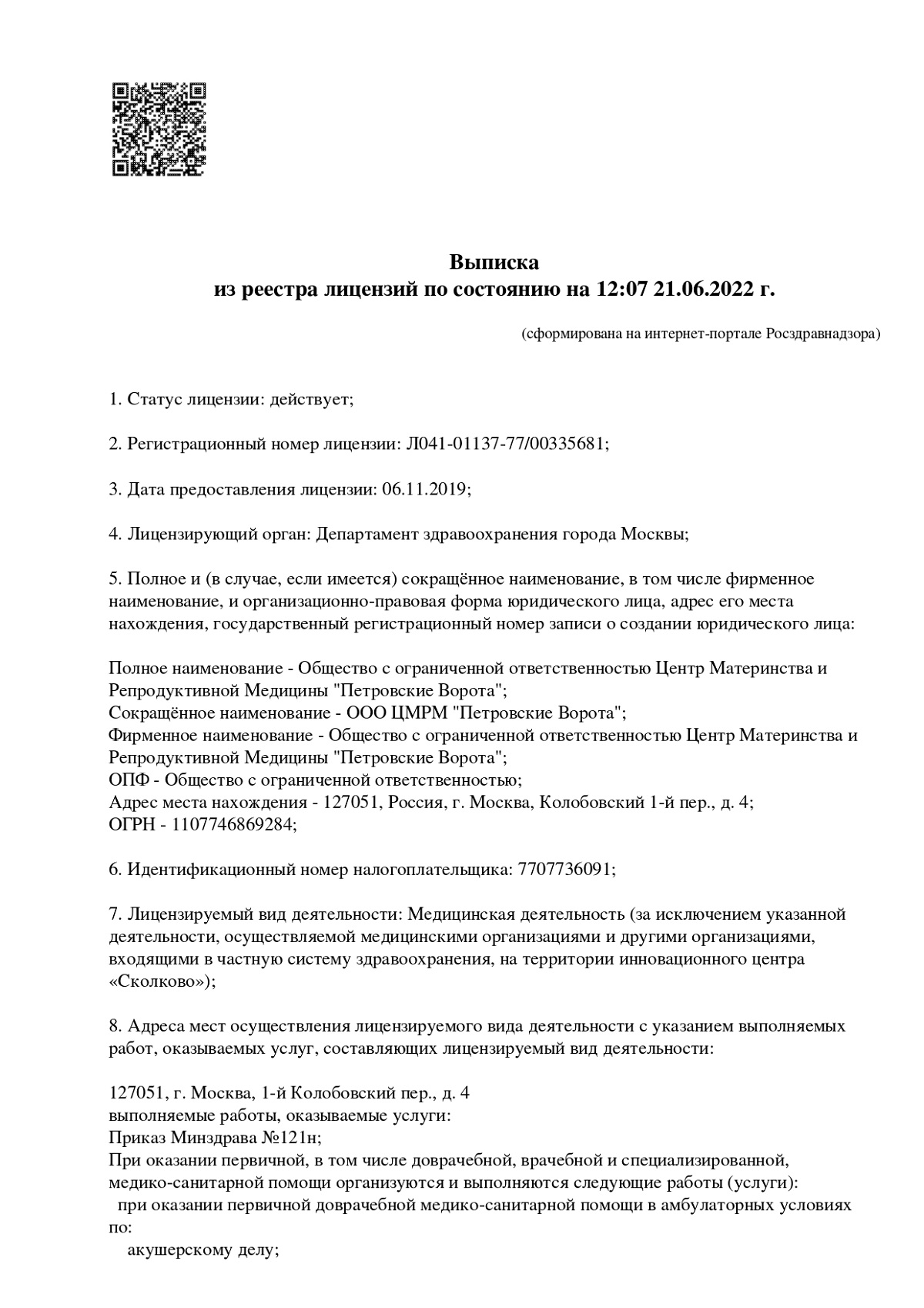
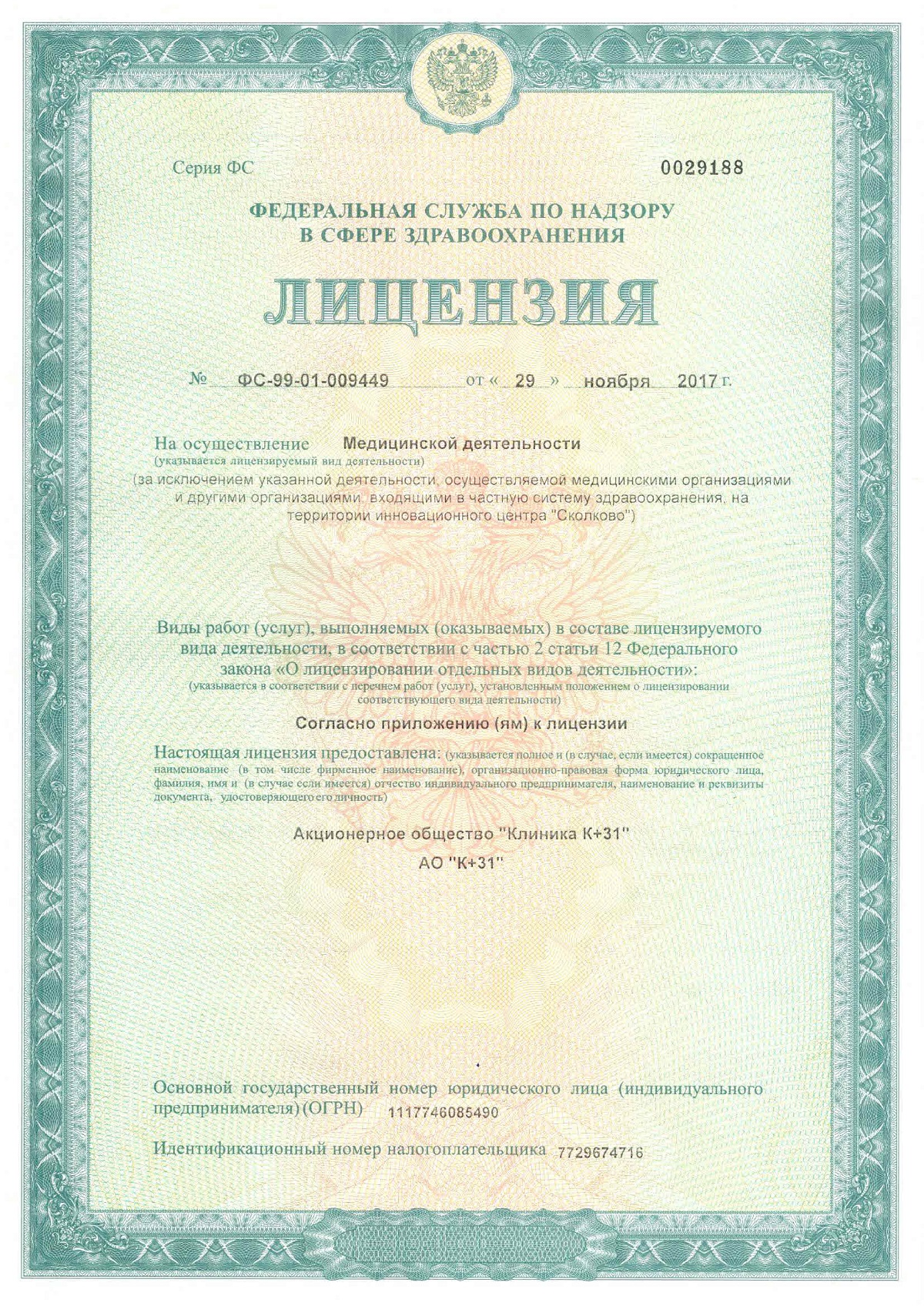
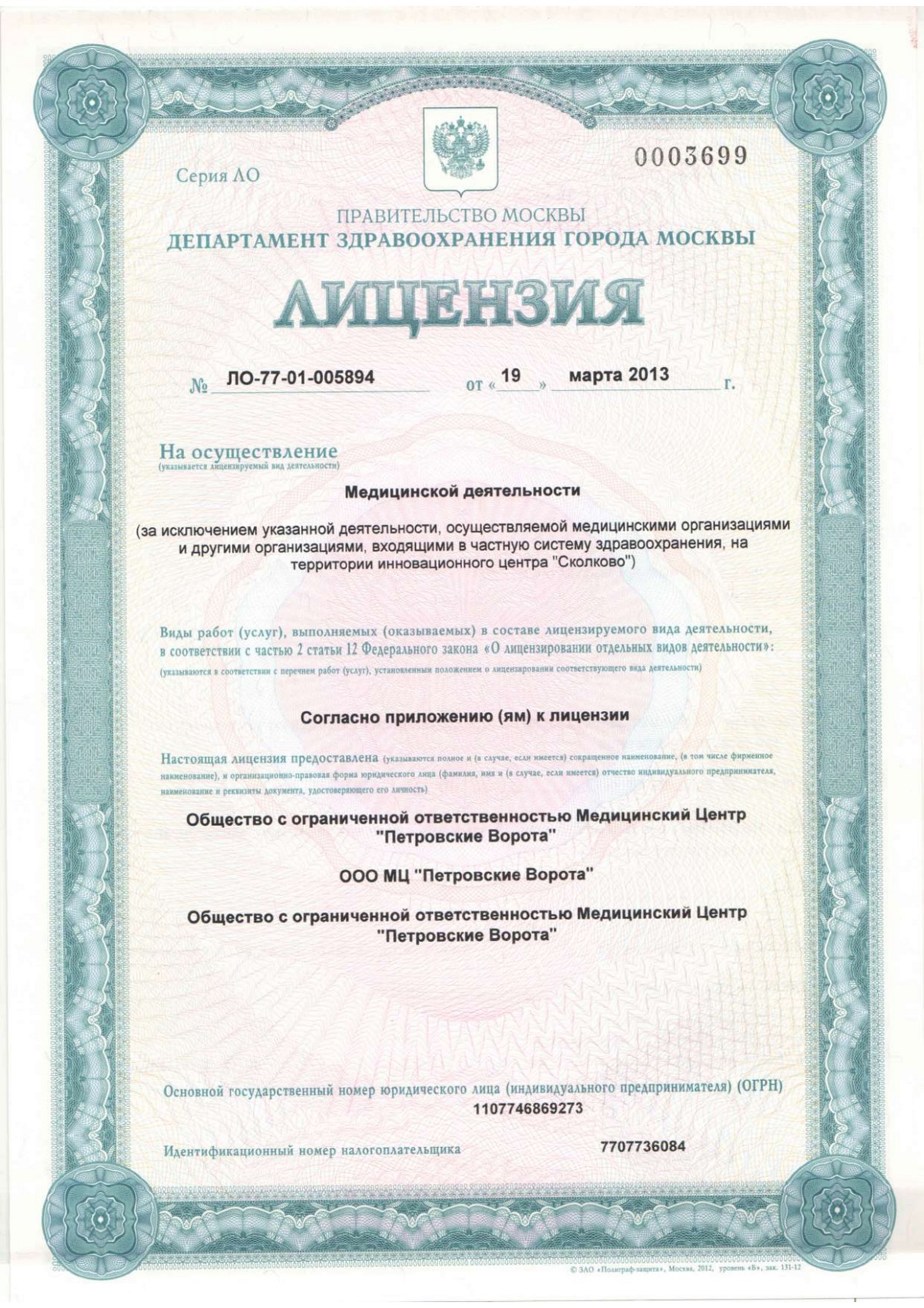
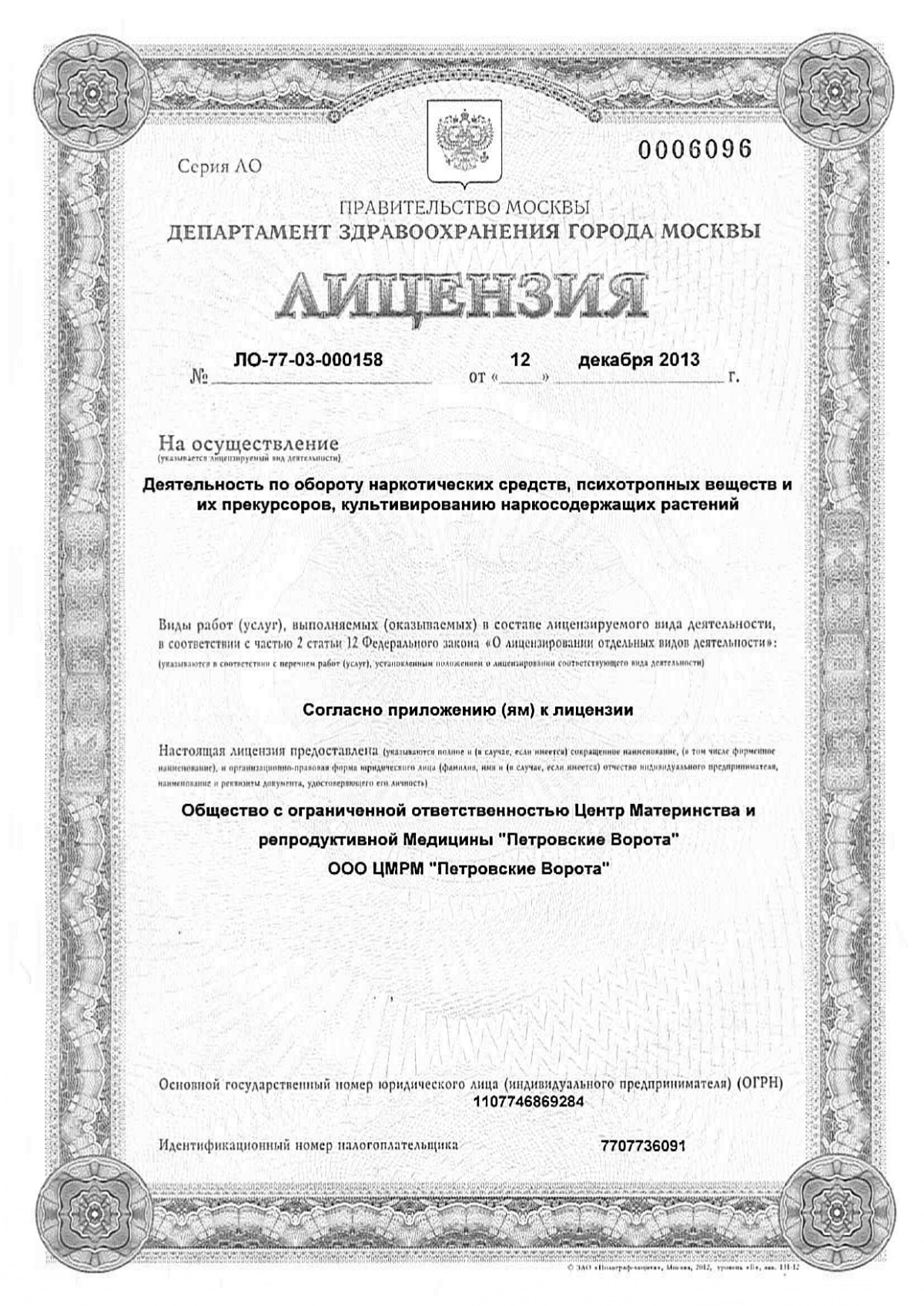
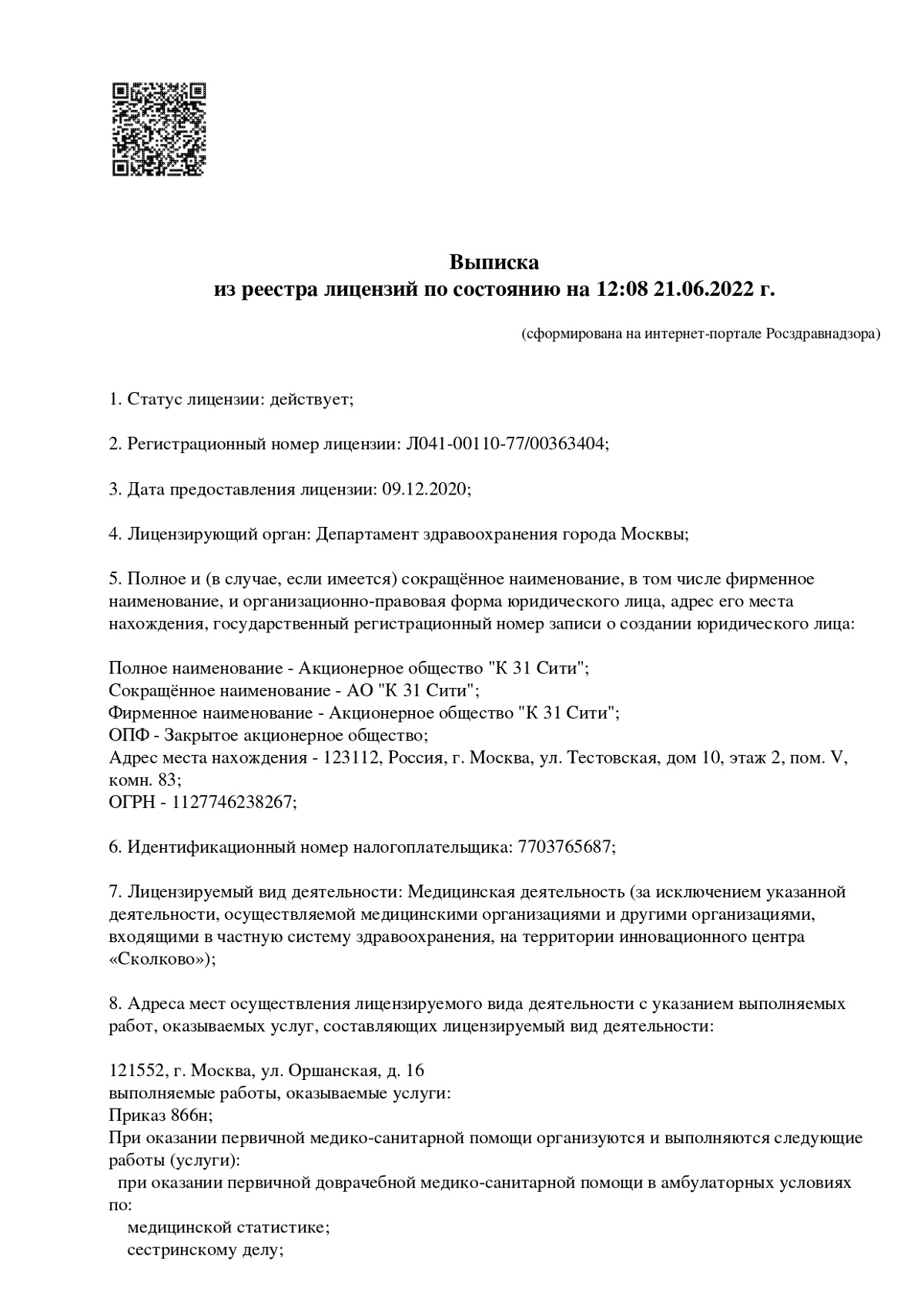
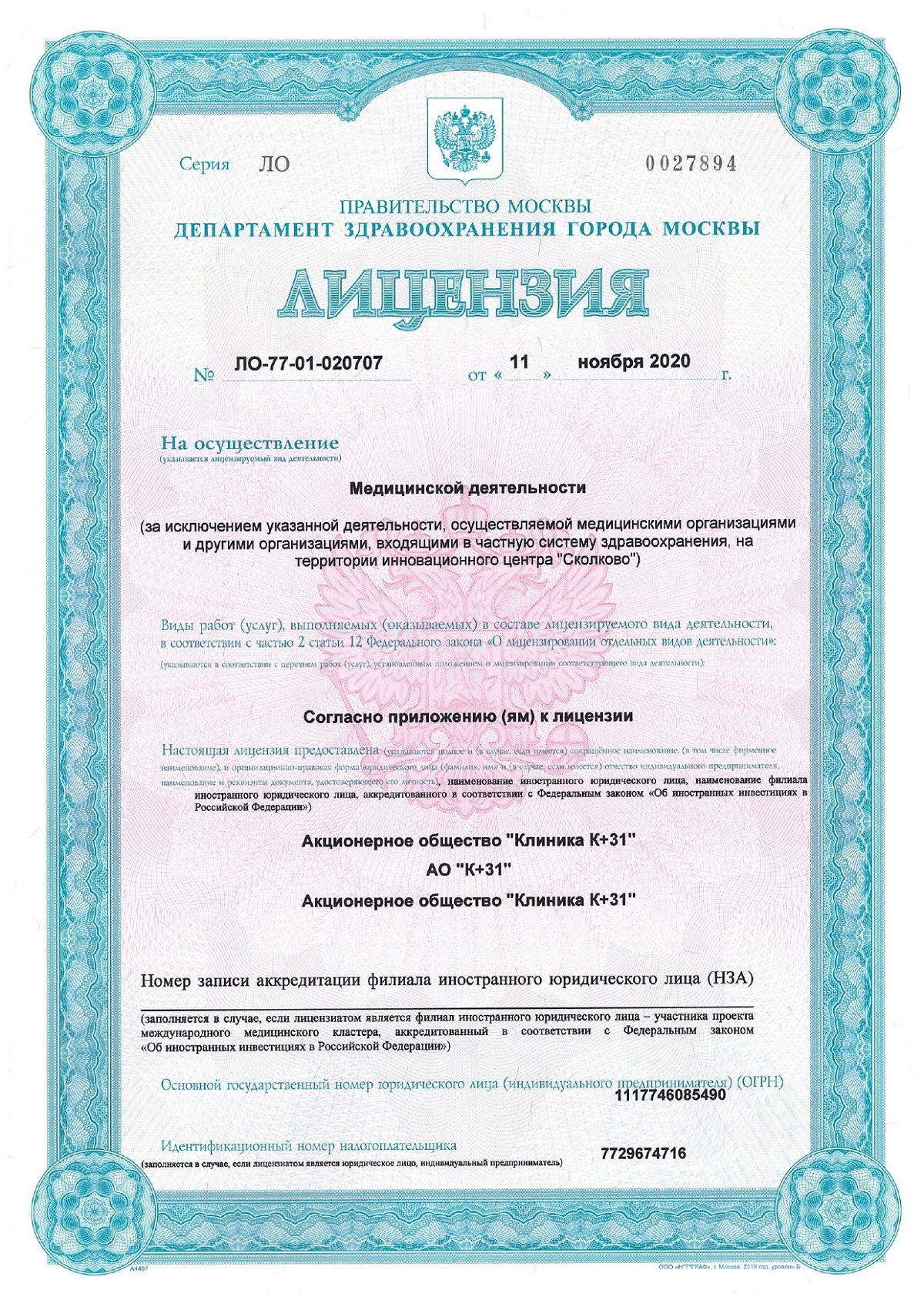
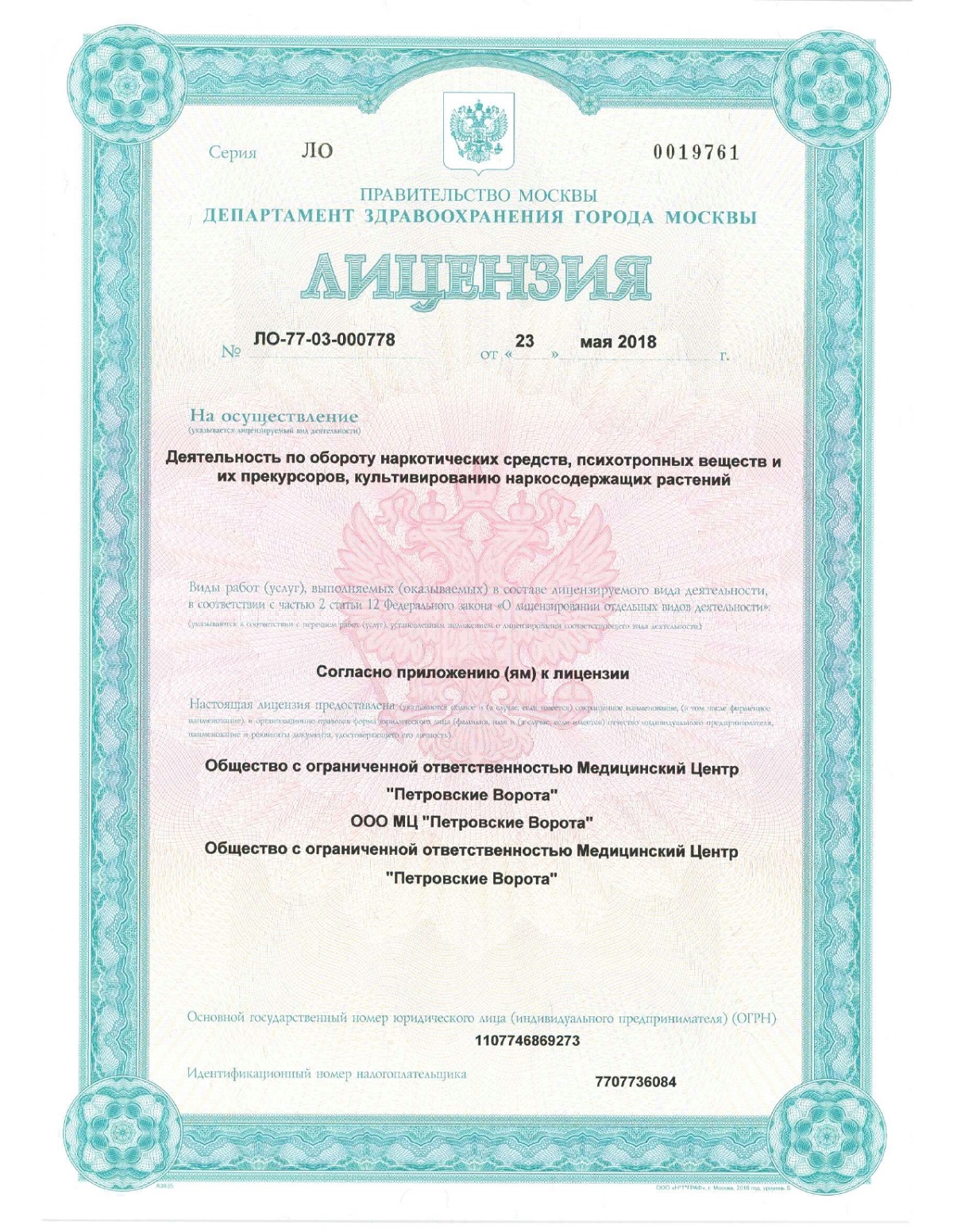
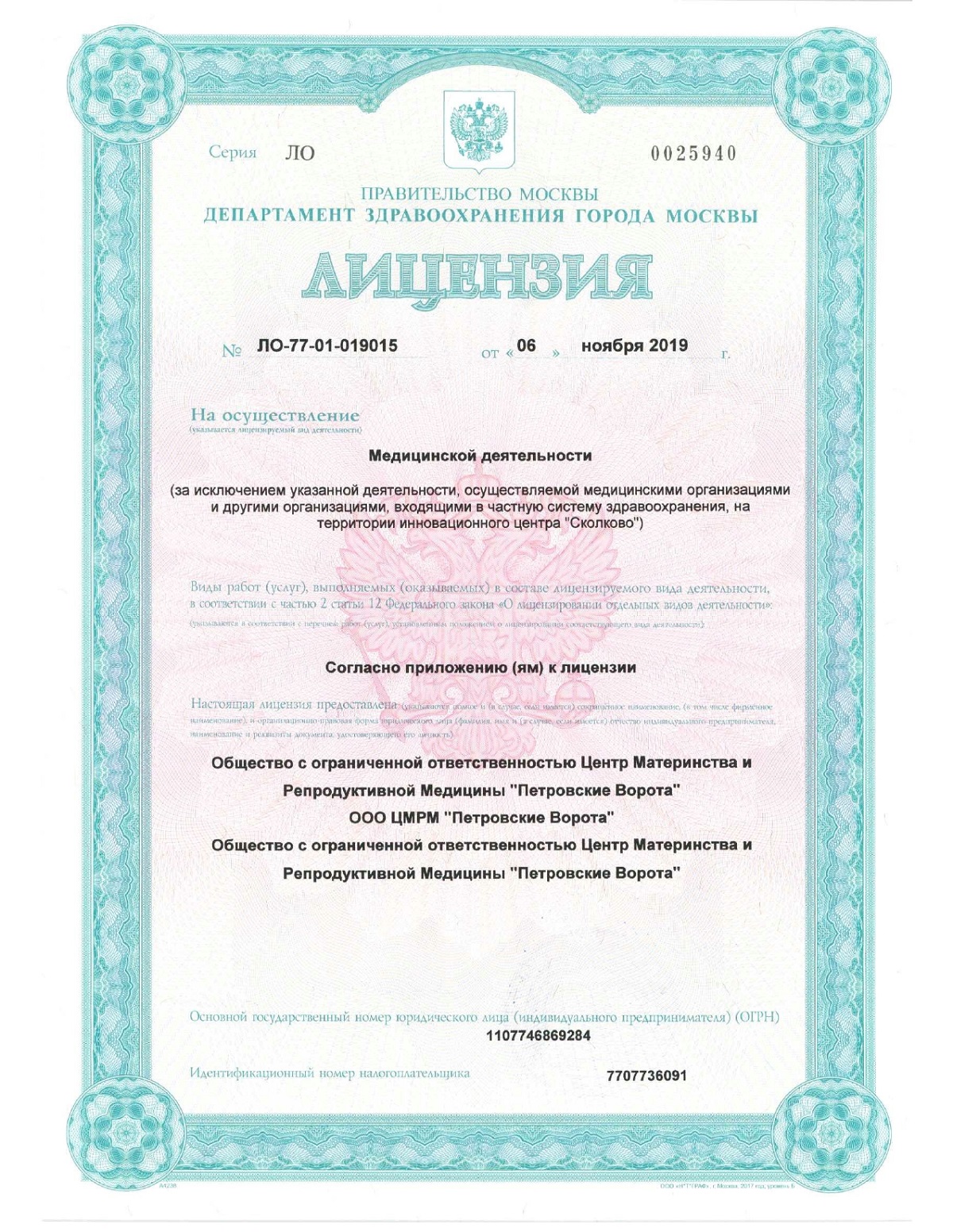
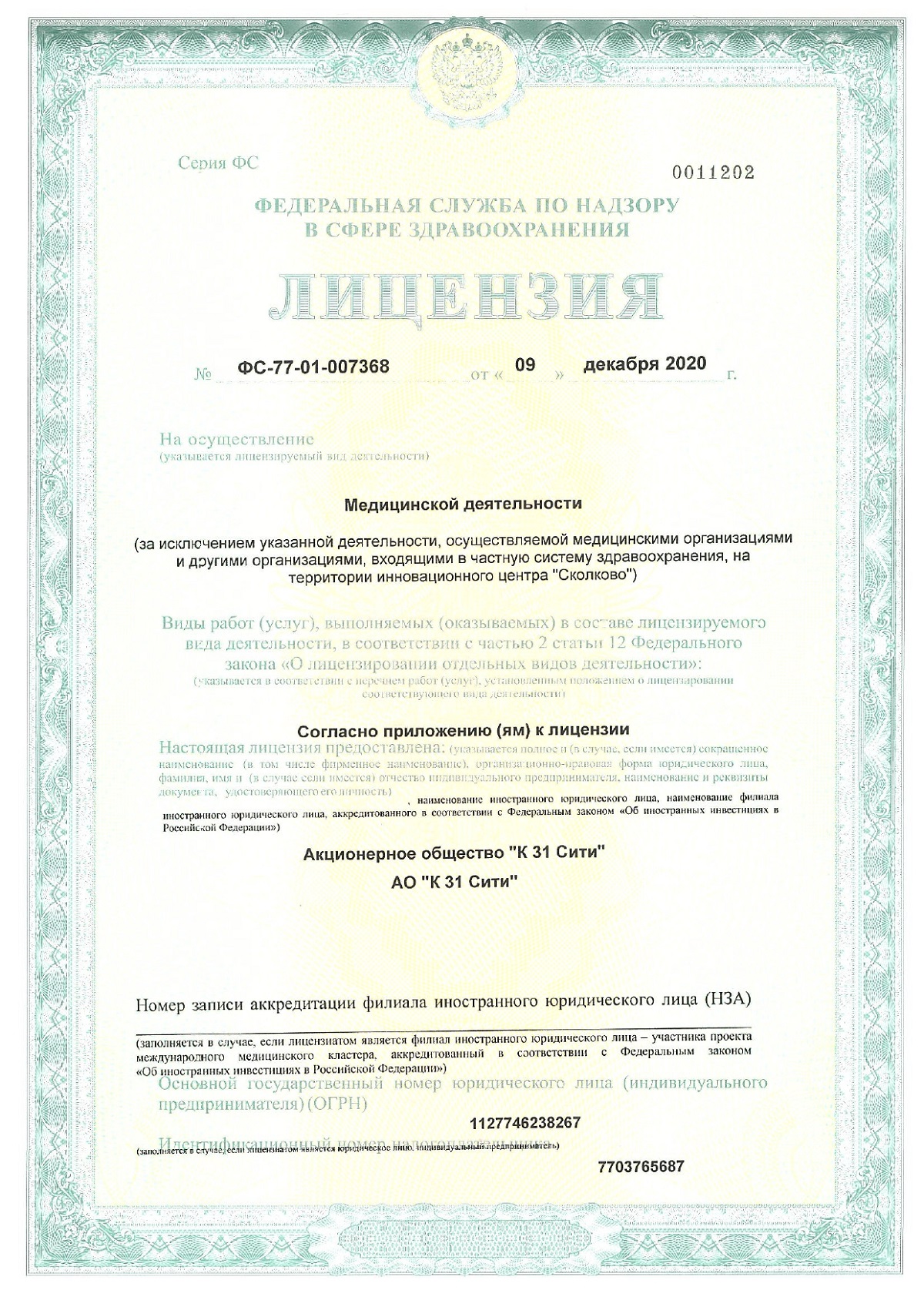

Pain Clinic K+31
To find the cause of the pain, a high-quality examination by a specialist doctor with a detailed history is required, as well as complex instrumental diagnostics, whether it be MRI, CT or ultrasound. Finding and eliminating the cause in many cases allows you to get rid of the pain itself. In the case of chronic pain, it is necessary to apply different methods of pain treatment that do not allow to influence the causes of the disorder. It is necessary to consider such pain as an independent disease resorting to complex treatment. Sometimes, such treatment is a long process.
In K+31, chronic pain is treated by specialists from the Pain Clinic. Our team of doctors (among them: a neurosurgeon, an anesthesiologist, a psychotherapist and a rehabilitation specialist) follows a comprehensive approach to the problem of pain using modern diagnostic and treatment tools.